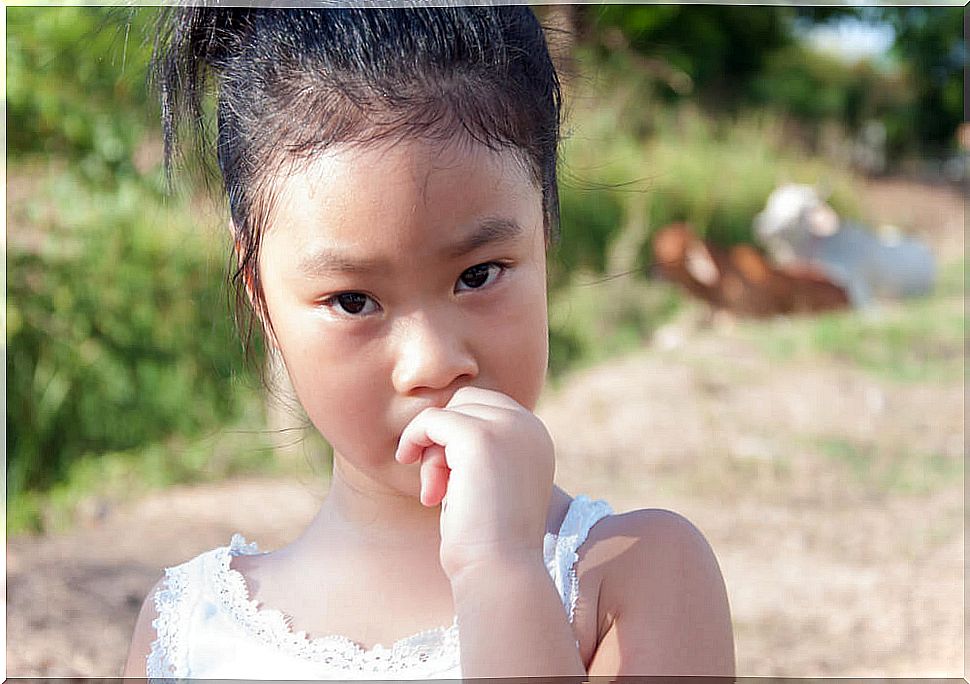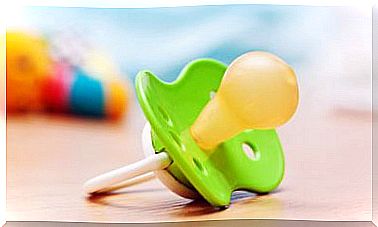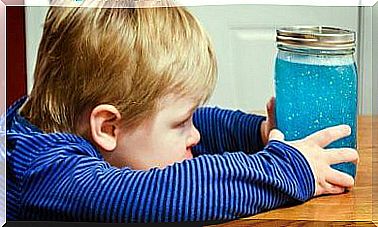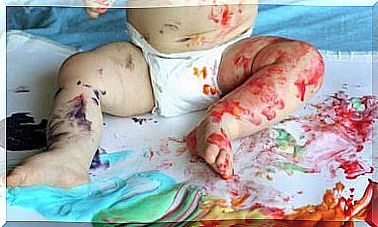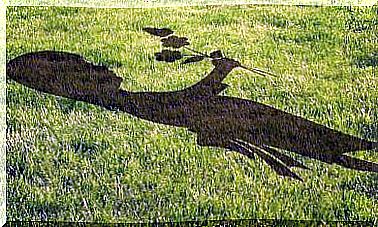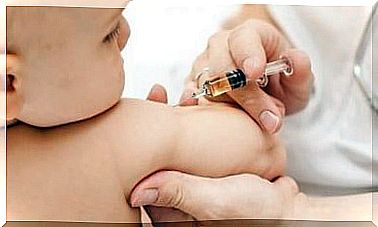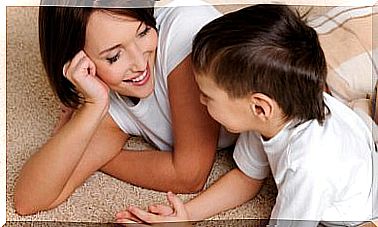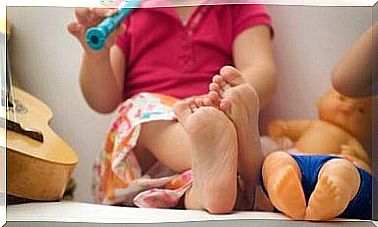Children’s Nails: This Is What They Say About Their Health
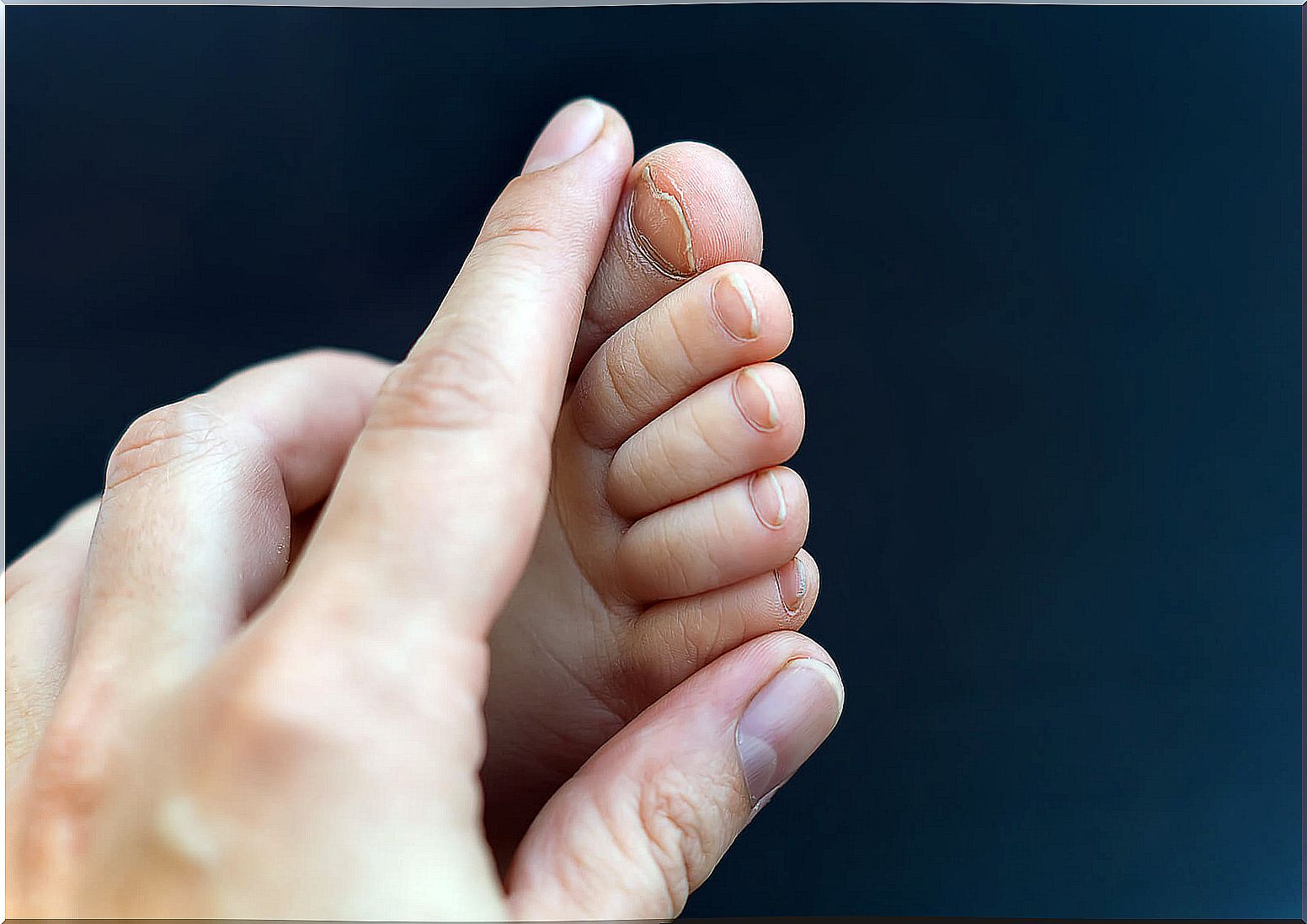
Although nail conditions in children are not one of the most important causes of medical consultation, they often generate great concern and anxiety in parents. The physical examination performed in the doctor’s offices does not tend to observe the nails, which can be an expression of malnutrition, genetic, metabolic or circulatory diseases.
Children’s nails and their health
The presence of nail pathologies in babies and children is rare. Likewise, ethnic, environmental and socioeconomic factors influence its incidence. The very small size of the nails makes diagnosis and subsequent management difficult. According to a review by Clinics in Dermatology , there are a wide variety of causes:
- Inflammatory.
- Congenital.
- Hereditary.
- Tumors
- Traumatism.

Soft and brittle nails
In newborns this nail condition is physiological, since over time the nail plate becomes thicker and firmer. However, in children this may be due to a poor diet, in which there is not an adequate variety and quantity of food, and vitamins A, B or C.
Even nail plate dehydration processes can also manifest themselves in this same way. Children should be instilled and taught to develop the habit of applying moisturizer on a daily basis, even several times a day. In addition, to eat in a varied way and avoid or reduce the amount of processed foods and junk food.
White spots on the nails
Children are often affected by this condition, called leukonychia, which is due to trauma to the distal womb. There is a white discoloration on the nail plate, transverse or stippled.
This type of nail manifestation is due to shoe trauma to a thick nail plate, which is transmitted to the distal nail matrix. Therefore, the solution to this problem is to wait for the nail to grow and move this stain towards the distal end.
Nail warts
Viral warts are benign infectious lesions that have developed from various strains of the human papillomavirus. They are more prevalent in children over 6 years of age who have a bad habit of biting their nails or have a weakened immune system.
They are characterized by gradually increasing in size, having a rough surface and causing pain. In addition, they are located in the proximal nail folds or below the nail plate.
They are spread by direct contact with the skin, but they can also be spread by touching objects, such as towels. There is a greater chance of infecting skin that has wounds or injuries.
Dimples in children’s nails
The pits are small depressions on the surface of the nail plate. In turn, based on their characteristics, they can determine and collaborate with the diagnosis of a particular pathology.
Two of the major diseases that occur with this nail pitting are alopecia areata and nail psoriasis. Alopecia areata is one of the most frequent hair loss problems in children; This is attributed to the great emotional component that its appearance possesses. Therefore, in the physical examination this type of condition can be evidenced in the nails, with dimples of regular size, shape and distribution.
Yellow nails
Children are more susceptible to viral or bacterial pathologies and less likely to experience a fungal nail infection. Likewise, infections, along with inflammatory processes of the nails, are one of the main reasons for consultation.
Self-medication is not recommended in these cases. In fact, consulting a pediatrician is the best option, since, depending on the nail manifestations, it will determine the behavior to be followed.
Yellow nails not only represent fungal infections, but it can also be psoriasis, diabetes, or a smoker in the case of adults.
Bluish nails
Just as yellow nails have their pathological correlation, bluish nails also have it. This type of pigmentary manifestation in the nails is linked to problems in the respiratory, circulatory or cardiac systems.
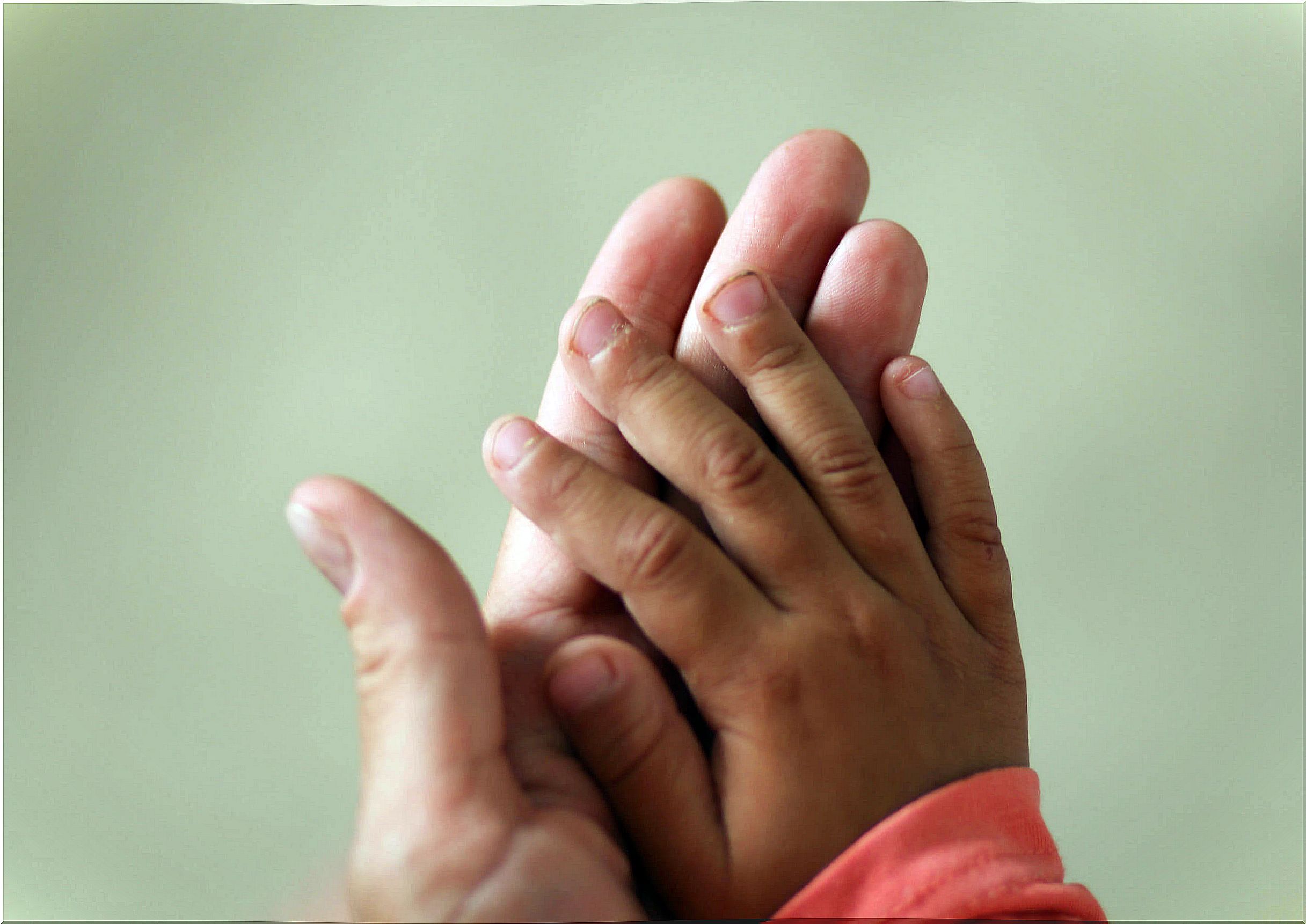
This expression on the nails denotes a lack of oxygenation that is happening in the body. Therefore, it is not necessary to delay to make the consultation with the specialist doctor due to the complications and severity of the picture.
Nail care in children
Nail care and hygiene in children is essential to avoid future pathologies. Consequently, constant soap and water hygiene along with the application of moisturizing cream is recommended to avoid dehydration of the skin and nails.
Trimming the nails should be done frequently, without cutting them round, rather square. This simple premise helps prevent ingrown toenails.
